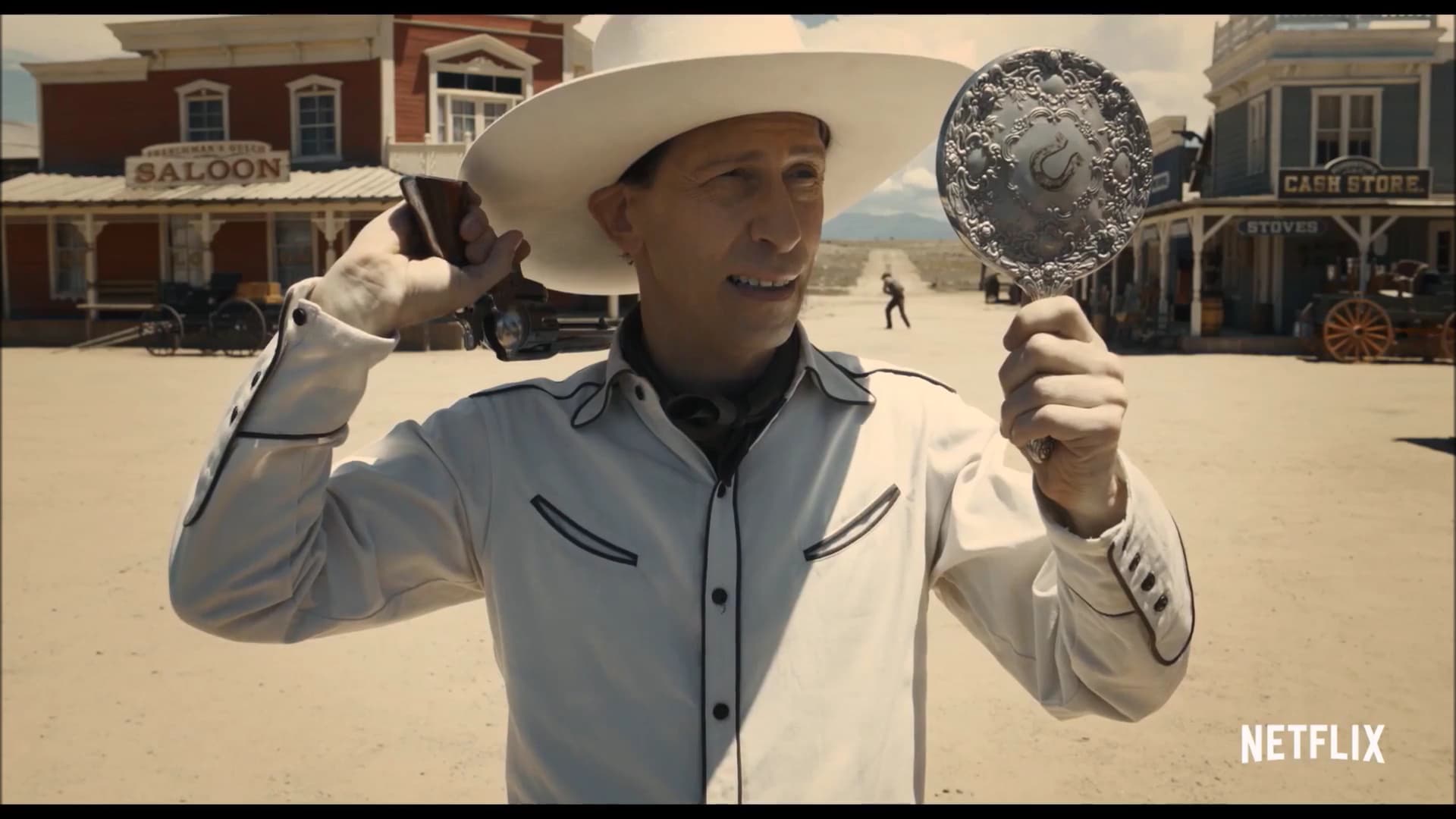Beyond JavaScript
How CSS Alone Can Power Your UI Interactions
October 29, 2024

In my last article, Is JavaScript Too Big to Fail? I mentioned, "Before doing something, always ask yourself if it’s going to enhance the user experience and if there’s a way to implement this without using JS. Often, you can find many JS-free alternatives.”.
There are several reasons why you should use CSS instead of JS:
- Better Performance: CSS animations are optimized by the browser, making them faster and smoother.
- Simpler Code: CSS requires fewer lines for effects, making code cleaner and easier to maintain.
- Fewer Errors: CSS animations and effects are declarative, meaning they don’t rely on complex functions or conditions, reducing the chance of errors.
- Easier Debugging: CSS issues are often simpler to debug with browser dev tools, as opposed to JavaScript where multiple states, functions, or events can introduce bugs.
-
Accessibility: CSS states like
:hoverand:focusnaturally support accessibility without additional scripting. - Responsive Design: CSS media queries make it easy to adapt animations and styles to different screen sizes.
- Progressive Enhancement: CSS works even if JavaScript is disabled, providing a reliable baseline for all users.
- SEO and Load Speed: CSS-only effects lead to smaller file sizes and faster load times, benefiting SEO.
Disclaimer!
I’m not telling you to stop using JS. But there are things that you can simply achieve by using CSS instead of complex JS solutions.
And when you encounter those things, please use CSS 🙂
Without further ado, Let’s begin.
1. Toggling Element Visibility (Show/Hide)
Developers frequently use JavaScript to add or remove classes or directly manipulate the display or visibility property of an element. This can often be handled with a CSS class and a :checked state or a CSS class toggle.
Here, CSS allows toggling with minimal code, reducing JavaScript dependency and avoiding extra event listeners.
2. Tooltips
Developers often use JavaScript to toggle tooltips on hover, adding or removing classes. CSS provides a cleaner, more performance-efficient solution for simple tooltips, reducing the need for JavaScript.
3. Modal Popup
You can use CSS alone to create a modal by utilizing the :target pseudo-class to control its visibility.
4. Image Slideshow with CSS
The animation and @keyframes properties can create a simple slideshow effect without JavaScript.
5. Dropdown Menu
Using the :hover pseudo-class allows you to show/hide dropdown content without JavaScript.
6. Tabbed content
By using :checked selectors on radio inputs, we can create a tabbed interface. This way, you can toggle the visibility of content based on the selected tab.
These are some few examples that I come up with. You can do a lot interesting things by using CSS. Just give it a try.
Hope you found this article helpful. Thank you for your time and happy coding!